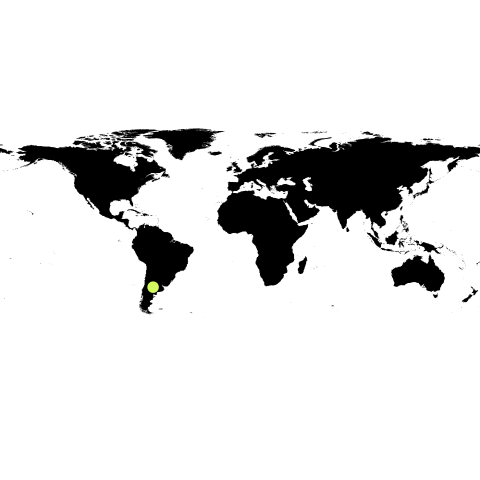Disclaimer:
Please be aware that the content herein is comprised of personal reflections, observations, and insights from our contributors. It is not necessarily exhaustive or authoritative, but rather reflects individual perspectives. While we aim for accuracy, we cannot guarantee the completeness or up-to-date nature of the content.
Type of project
Contributory project: It is designed by members of the scientific community, and citizens participate in data collection.
Collaborative project: Citizens participate in data collection and analysis.
Co-created project: Citizens participate in all stages of the scientific process.
Overall goal
Jointly monitor the ecological quality of water from rivers and streams within Patagonian watersheds to promote the use of bioindicators based on aquatic macroinvertebrates and encourage the integrated management of water resources.
Specific goals
Develop tools for the implementation of citizen biomonitoring that include macroinvertebrate identification booklets, an application for mobile devices, sampling kits, a website, and other communicative devices.
Design a guide for biomonitoring training that integrates environmental aspects and, through data analysis, allows the work team to build valuable and contextualized knowledge.
Description of citizen participation
Citizen scientists use nets to remove rocks and aquatic plants from the river bed to observe and collect aquatic macroinvertebrates (snails, crustaceans, insects, among others) in plastic buckets. Then, using booklets or through the application, participants identify the macroinvertebrate families observed and calculate the biotic index of ecological quality of water, based on the level of sensitivity or tolerance of the macroinvertebrate families to pollution. Macroinvertebrates are used as bioindicators of ecological status, as they are considered the best methodological alternative for detecting alterations in aquatic ecosystems. Community workshops are held for the scientific community and citizens (students and teachers at the primary, secondary, and undergraduate levels, members of fishermen’s associations, communities of indigenous peoples, technicians from water management agencies and amateurs, etc.) to communicate and foster biomonitoring, promote environmental awareness and add more participants for data collection. Data collection can also be performed individually through the mobile application. Changes have been incorporated into the data collection protocols based on the field experience of the fishermen or state technicians.
Time Frame
2/1/2017 - N/A.
Project leaders
Pablo Antonio Macchi, Institute for Research in Paleobiology and Geology (IIPG)/National University of Río Negro (UNRN)-National Scientific and Technical Research Council (CONICET)
Lorena Laffitte, General Directorate of Aquatic Biology, Undersecretariat of Environment of the province of Neuquén (DGBA)
Cecilia Brand, Esquel Mountain and Patagonian Steppe Research Center (CIEMEP)/ National University oh the Patagonia San Juan Bosco (UNPSJB)- CONICET
Santiago Torres, Santa Cruz Research and Transfer Center/ National University of the Patagonia Austral- CONICET
Yeny Labaut, IIPG/ UNRN- CONICET
Contact information
Email: [REDACTED_EMAIL]
Web: www.biomci.ar
Facebook: https://www.facebook.com/profile.php?id=[REDACTED_PHONE]
Instagram: https://www.instagram.com/biom.ci/
Twitter: @biomci
BIOMCI application: https://biomci.ar/descargar-app
SDGs
 Consent to share form or official link.
Consent to share form or official link.

 4Quality education
4Quality education 6Clean water and sanitation
6Clean water and sanitation 17Partnerships for the goals
17Partnerships for the goals
Comments
Log in to add a comment or reply.